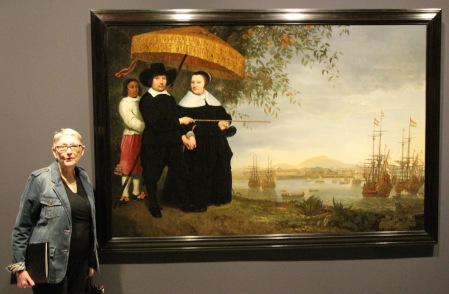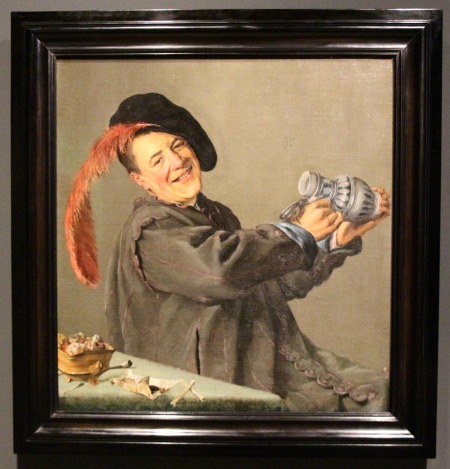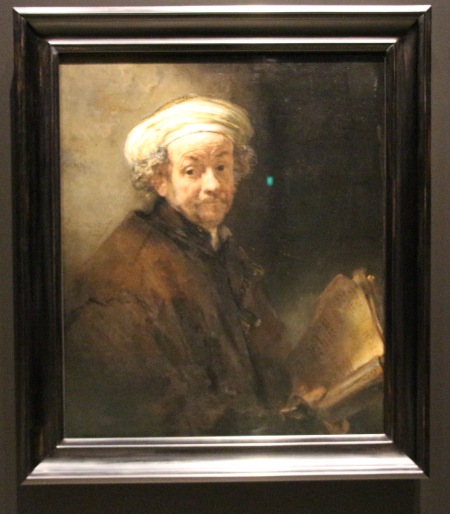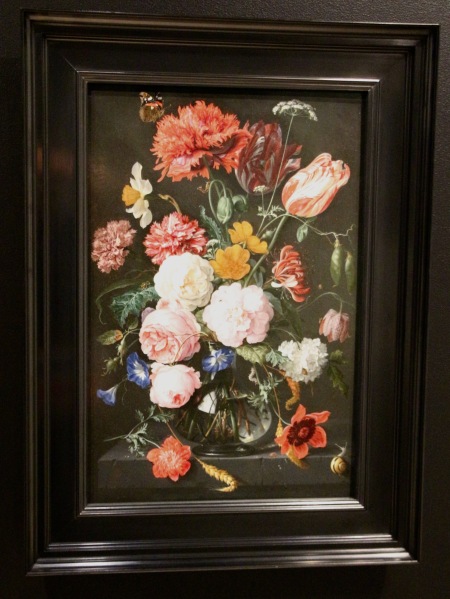
The first major exhibition of Dutch masters in Sydney, featuring 78 exceptional works of art from Amsterdam’s Rijksmuseum, including a room dedicated to Rembrandt, is on display at the Art Gallery of New South Wales.
Rembrandt and the Dutch Golden Age showcases Dutch art and life during the 17th century, an era of wealth, power and cultural confidence. Dutch artists only began to depict distinctively Dutch landscapes in the 17th century, inspired by their unique environment with its terrain, windmills and abundant waterways. Scenes of everyday life, especially those set in the home, were incredibly popular during this time, with works portraying feasting and drinking with family and friends, children being cared for and people simply reading or sitting in quiet contemplation. The sea has always been a dominant factor in Dutch history, shaping the country’s life and commerce and during the Golden Age, marine painting emerged as another area in which Dutch painters excelled.

Landscapes, townscapes, architecture and interior scenes as well as marine scenes were the subjects of many of the era’s paintings. The Dutch Republic gave rise to a huge number of talented painters, but while most specialised in a single genre, such as portraiture, still life or landscape, Rembrandt painted almost everything.
Exhibition curator, Peter Raissis, said Vermeer’s “Woman Reading A Letter” (1663) and one of Rembrandt’s greatest works, “Self-portrait as the Apostle Paul” (1661), are at the heart of Sydney’s exhibition and are viewed by hundreds of thousands of visitors each year in the Rijksmuseum’s famed Gallery of Honour.

Alongside masterpieces by Vermeer and Rembrandt, where an entire room is dedicated with seven of his paintings and 16 etchings, are outstanding paintings by Jacob van Ruisdael, regarded as the greatest landscapist of the Golden Age and Jan Davidsz de Heem, renowned for his dynamic, colourful compositions of flowers and Judith Leyster’s painting of “The Jolly Drinker”.
It was customary for the affluent Dutch middle class to have themselves portrayed in paintings, whereas, in most European countries this was a privilege reserved for nobles and aristocrats. The exhibition’s portraits of merchants, scholars and artists reflect the increasing self-confidence and prosperity of the Golden Age’s society.

During the exhibition, a variety of educational programs are available for visitors of all ages. The Gallery will host a lecture series featuring local and international experts, late night programs, music, daily guided tours and many other events to give visitors the opportunity to enjoy interactions with the artworks.
The exhibition runs until 18 February 2018.
Words: Sandra Tiltman Photos: John Pond
